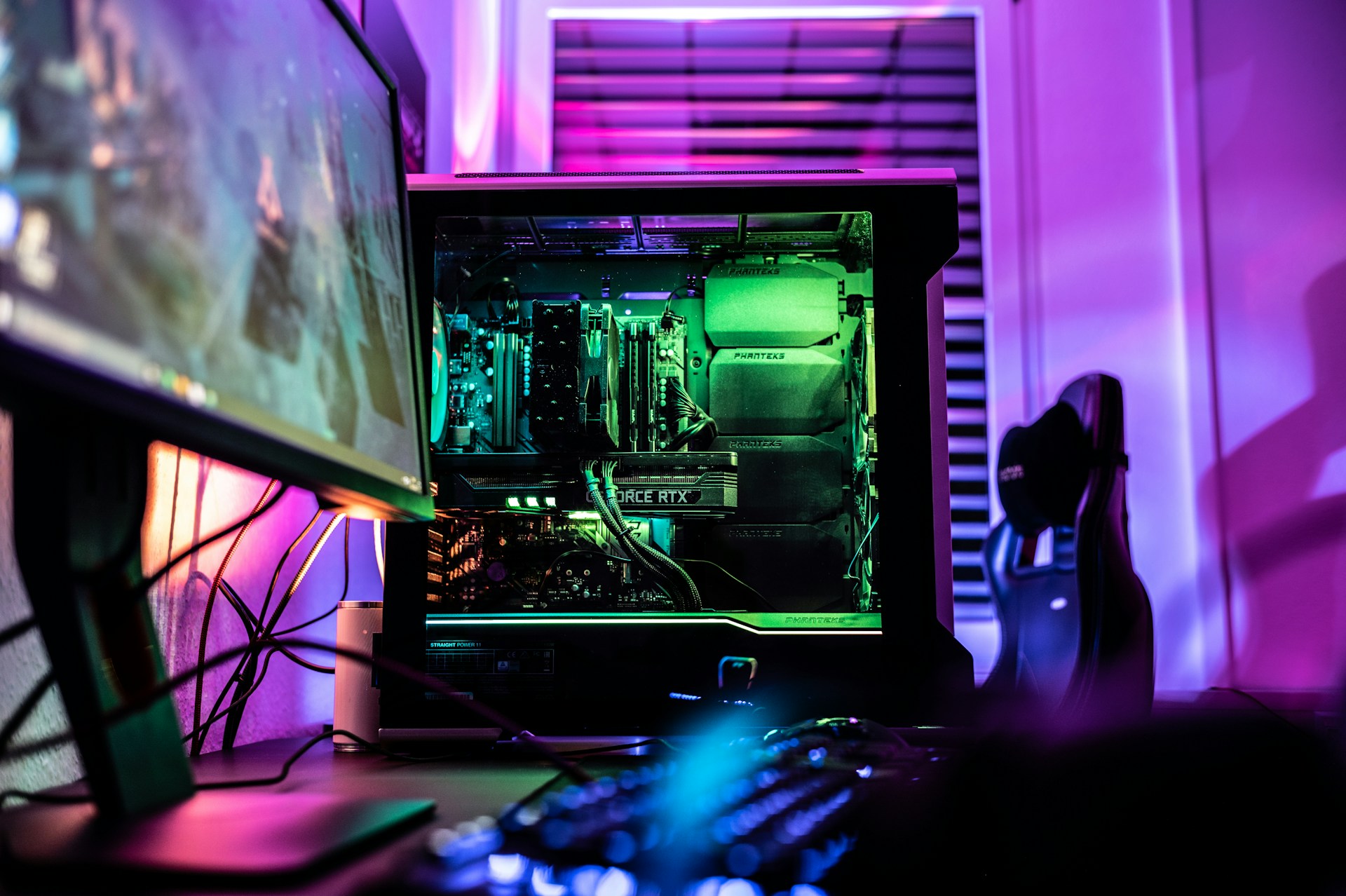It’s normal for iPhones to have connectivity issues once in a while. Luckily, fixing the problem is usually as easy as a few taps in the settings. When an iPhone keeps disconnecting from Wifi, it can be frustrating. There are a few things that could be causing the iPhone to disconnect from Wifi repeatedly, but these steps should get the phone connecting normally again without much maintenance. To get started, get the iPhone and its charger, as well as a laptop or computer with iTunes installed, and, if possible, locate the router the phone is trying to connect to.
1. Double-Check the Settings
The first step when fixing connectivity problems on an iPhone is to double-check a few key settings. If the iPhone keeps disconnecting from Wifi, something must be interfering with or cutting off the connection, most likely either in the phone’s software or the router’s systems. Checking these settings first will eliminate the most straightforward potential causes of the iPhone’s trouble connecting to Wifi.
The iPhone
It’s easy to accidentally change something in an iPhone’s settings without realizing, accidentally interrupting the Wifi features. Go into the Settings app on the iPhone to verify this is not the case. First, make sure that the phone is not in Airplane mode. This should be one of the first settings options that come up in the Settings app. If the switch next to “Airplane Mode” is gray, then it is off. If it is green, it is on and needs to be switched off.
Next, double-check that Wi-Fi is turned on and the correct network is selected. If the network requires a password, make sure to enter the password correctly without any typos.
Finally, return to the main menu in the Settings app and scroll down to “General.” Tap on the option for “Software Update” and check to see if any new iOS updates need to be installed. Especially after a major iOS update, Apple often releases patch updates to fix bugs, like iPhones disconnecting from Wifi. So, taking the time to install any new updates could clear the problem up right away. It is always a good idea to plug in the iPhone’s charger before starting a software update, though. Let the update completely finish, then try connecting to the Wifi network again.
The Router
Sometimes connectivity problems are the fault of the router, not the iPhone itself. It may not always be possible to check for router issues on public or work Wifi networks. However, if it is possible to take a look at the router, it could eliminate potential causes of the iPhone’s Wifi glitch. The first step is to double-check that the router is plugged in and turned on correctly. Routers sometimes need updates just like phones, so verify that the router isn’t waiting to install a software update (or in the middle of installing one).
If the iPhone is trying to connect to a public network, such as a coffee shop’s Wifi, checking these settings on the router likely isn’t possible. However, it is still possible to eliminate the router as the cause of the problem. Ask others if they are able to connect to the Wifi or ask an employee for help.
2. Restart the iPhone
If you have checked all the basic settings and router and the iPhone continues to keep disconnecting from Wifi, the next step is to do a restart. This is a simple matter of turning the iPhone off and back on again. This is a good all-purpose fix for many common iPhone issues. Sometimes all the iPhone needs is a fresh restart to get back on track.
Turn the iPhone off, allow it to fully power down, wait a few seconds, then press and hold the power or side button. Release the button once the Apple logo appears on the iPhone’s screen. Allow the iPhone to fully power up again, then enter the passcode and try connecting to the Wifi network again.
3. Forget the Network and Reconnect
It is possible that when an iPhone attempts to connect to a Wifi network, the connection is not established correctly. To make sure that this is not the problem, a new connection to the network will be required.
Go into the Settings app and select “Wi-Fi.” In the Wifi menu, switch Wifi off and back on again. Next, select the network that the phone is trying to connect to. Tap the “i” icon next to it to bring up the network’s settings. Tap “Forget This Network.” This will remove network information, such as the network passcode, but it won’t delete any other data from the iPhone. Return to the main Wifi menu, where the network should now appear in the list of local networks available to join. Select it from the list and enter the network’s passcode again.
Public Networks
If the iPhone is connecting to a public network, such as a store or restaurant network, a passcode may not be required. Instead, make sure that the iPhone has logged in to the network. Many public networks require guests to agree to the business’s terms and conditions before granting Wifi access. It may appear that the iPhone has connected to the network when really the network hasn’t granted the phone access yet. If the network displays the message “Connected, No Internet” in the iPhone’s settings, this is a sure sign that something is wrong with the public network and it is not connecting to the iPhone properly.
Forget the network and try to reconnect. Sometimes a login page from the business will come up automatically right away. Other times it won’t be triggered until the user opens the browser on their phone. It may help to try loading a page or Googling something, which will send a request to the public network and hopefully trigger the network login page to come up. If no login page comes up after multiple attempts, ask an employee for help or try connecting to a different network.
4. Restart the Router
If the iPhone is trying to connect to a private network, restarting the router should be possible. As mentioned above, routers sometimes need software updates the same way that phones do. Even if the router was not performing an update when you initially checked it, it might need one, or you may simply need to reboot its software. If, after completing the previous steps, the iPhone still keeps disconnecting from Wifi, this will be the next step.
Locate the router for the desired network. It is important not to simply unplug it to power it off. A proper reboot will allow the router to power down fully before restarting. Press and hold the power button on the router until it powers off (often visible by the router’s indicator lights turning off). Wait a few seconds, then press and hold the power button again until the router powers back on. Allow it a minute to start up in case it does have a software update to install. After a few minutes, try connecting to the Wifi network again.
5. Reset Network Settings
If none of the above steps have succeeded in getting the iPhone to maintain a Wifi connection, the next step will be to perform a network settings reset. This is different from a full system reset and will only reset certain data on the iPhone, including all data on Wifi networks, network passcodes, Bluetooth connections, VPN data, and cellular network preferences. Note that this won’t “erase” the phone from its cellular network. As long as the iPhone’s SIM card remains plugged in as usual, it should connect to the cellular network normally after a reset.
To active a Network Settings Reset, go into the iPhone’s Settings app and scroll down to “General.” In the General Settings menu, tap “Reset.” This will pull up a list of reset options. Be careful to only select “Reset Network Settings.” The iPhone will likely ask for the phone’s passcode to verify the selection. Allow the reset, then return to the Wi-Fi settings menu in the Settings app. Enter the info for the desired network and try connecting again.
6. Recovery-Mode Reset the iPhone
After completing all the above steps, if the iPhone keeps disconnecting from Wifi, the last resort will be to do a full device reset. This will reset all data on the iPhone. Before getting started, it is crucial to make sure that you’ve backed up all the data on the iPhone so it isn’t completely lost during the reset process. The easiest way to backup an iPhone is by using the iCloud backup feature that Apple has built in on iOS devices. However, if the iPhone is unable to connect to any Wifi network, this may not be possible. Instead, back up the iPhone through iTunes on a laptop or PC. This will use the computer’s Wifi connection to complete the backup instead of the iPhone’s connection.
To back up an iPhone through iTunes, first make sure the PC has the latest version of iTunes installed. Next, plug the iPhone into the PC using a lightning-to-USB cable. Once connected, select the Device button in iTunes (it should show a little icon in the shape of an iPhone). This will pull up a drop-down menu where the connected iPhone should appear. Within that device, select “Summary”. This should pull up a few options for the connected phone, including “Back Up Now”. Select this and follow the instructions in iTunes to backup the iPhone.
Once the backup is complete, it will be time to put the iPhone in recovery mode and complete a hard reset. This will remove all the data on the iPhone, essentially returning it to its factory presets and loading a clean version of the OS onto the phone. Entering recovery mode requires a special combination of buttons, which vary depending on the specific model of the iPhone. This is to ensure that no one accidentally enters recovery mode while their iPhone is in a pocket or bag, for example. Once you press the correct button combination, the recovery screen should appear on the iPhone.
With the iPhone in recovery mode and connected to a PC a window should appear in iTunes prompting the user to either update or restore the iPhone. Try the update option first. If this fails, the restore option will be necessary. iTunes will use the iCloud backup for the iPhone to restore as much data on it as possible after wiping the phone’s data and resetting its software. A successful restore should automatically take the iPhone out of recovery mode upon completion. This process can take upwards of ten minutes, so it is important to be patient.
7. Visit the Apple Store
Unfortunately, if a reset-and-restore does not resolve the iPhone’s connectivity issues, you will probably need to take it to the Apple Store or where an Apple repair specialist can inspect it. This may be a good idea anyway for those who are nervous about performing a hard reset on their own. A qualified Apple technician will be able to verify what is causing the iPhone to keep disconnecting from Wifi networks. They should be able to offer advice on what next steps to take, which may include getting a new phone if the iPhone is beyond repair.
Getting Back Online
While resolving iPhone glitches and technical issues can be frustrating, it helps to remember that sooner or later the problem will be fixed. Carefully going over all of these troubleshooting steps without rushing or skipping steps will narrow down the possible causes until you can find a solution. Stay positive and persistent with the troubleshooting process and the iPhone will be back online and connected again in no time!
Recent Stories
Follow Us On
Get the latest tech stories and news in seconds!
Sign up for our newsletter below to receive updates about technology trends














